Tuesday, July 3, 2012
Bumping into the Literary Past in Britain
Dozmary Pool where the Hand of the Lady of the Lake Emerged to Grasp the Sword of the Dead King Arthur
The moors of Devon and Cornwall stretch far and away, rolling hills of bright green grass stacked one behind the other, the green crossed with the dark lines of hedges, and dotted with white sheep, the valleys lined with trees and deep vegetation, and nearby the sound of water falling over granite but hidden among the thick brush.
Sometimes mist rubs out the farthest hills and sometimes thick layered clouds move aside to reveal a bit of blue or, less often, a shaft of sun, always a surprise. The hedges and lanes brim with wild flowers and flowering bushes.
The June air was cold and clean with moist edges that curled my hair into tendrils and made my socks feel clammy and my hands seek the shelter of the pockets of my rain jacket. One day we climbed a tor, resting on granite boulders as we climbed, and another day we found a line of menhirs placed by the ancient people, and a stone circle and then a hut circle. The hillside fell away to a wall and a line of bushes far below. We saw a herd of sheep being moved up a far slope by two border collies and even at such a distance we could hear the whistles of the shepherd. Birds are everywhere on the moor: larks, rooks, swallows, sparrows and martins and many that I could not make out.
A Hulk Prison Ship
Literary life encircles the traveler in Britain Dartmoor Prison Museum in the heart of the moors gave us a good description of the horrors of the Hulks, the decommissioned ships used as floating prisons all around the coast of England. The prisoners lived a miserable life aboard these wrecks and many died of
On Bodmin Moor, in Cornwall Inn which loomed out of the mist and offered welcome shelter. In her Gothic novel, written in 1936, the Inn is home to a group of wreckers who run ships aground, kill the passengers and steal the loot. All DuMaurier’s novels are on sale in the Inn ’s gift shop and I was interested to confirm that I read most of them as a teenager.
Jamaica Inn
From Jamaica Inn, we hiked a track across the moor to Dozmary, a small lake set in low hills. It is said that after the death of King Arthur, his followers flung his sword, Excalibur, into these waters and a hand emerged to catch it. Dozmary is a pleasant place but the guide book reminds us that some years it has dried up, an event which certainly gives the lie to the local belief that the pool is bottomless. As I stood by the weedy shore, no hand emerged to welcome me and, alas, I had no sword to try the waters.
We decide to skip a visit to Agatha Christie House when we learned that the tourist crush can have you waiting for hours. Instead we tried for a glimpse of Hound Tor on Dartmoor , said to be the setting for the Hound of the Baskervilles by Sir Arthur Conan Doyle. On hearing the legend of a huge killer hound, Conan Doyle travelled the area, and was struck by the moor’s wild beauty and loneliness. He resurrected Sherlock Holmes, who he had killed off in a previous work, in order to create the gripping story, one of the best in the Holmes saga.
Literary references are everywhere in Britain London we visited the church of St James Piccadilly , a short walk from Piccadilly Circus . We wanted to see if the plaque honouring the fur trader William McGillivray was finally in place inside the church. McGillivray, a man who started out with little, climbed up through the ranks to become the principal director of the North West Company. For many years he lived at the fur trading fort at Fort William. McGillivray died in London
Singer songwriter Rodney Brown with the help of local history buffs has arranged for a new plaque to be put in place. However not yet. I was disappointed to learn from the verger that still more paperwork and permission from the diocese were needed.
But as we circled the interior of this lovely building, restored from the ruins, we came across another plaque on the wall and this one told us that here William Blake was christened in 1759. You simply cannot get away from literature on a trip to Britain
St James Church Piccadilly, where William Blake was baptised.
Subscribe to:
Post Comments (Atom)













































































































































































































































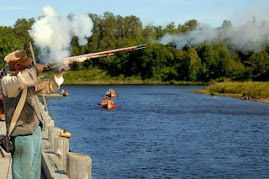
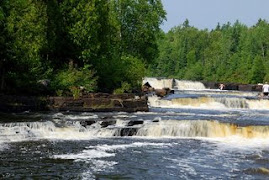








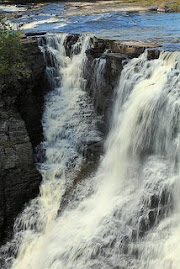

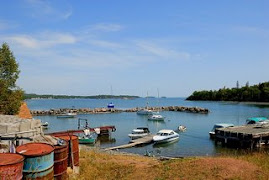






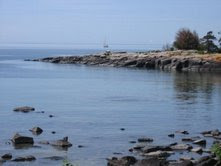













No comments:
Post a Comment